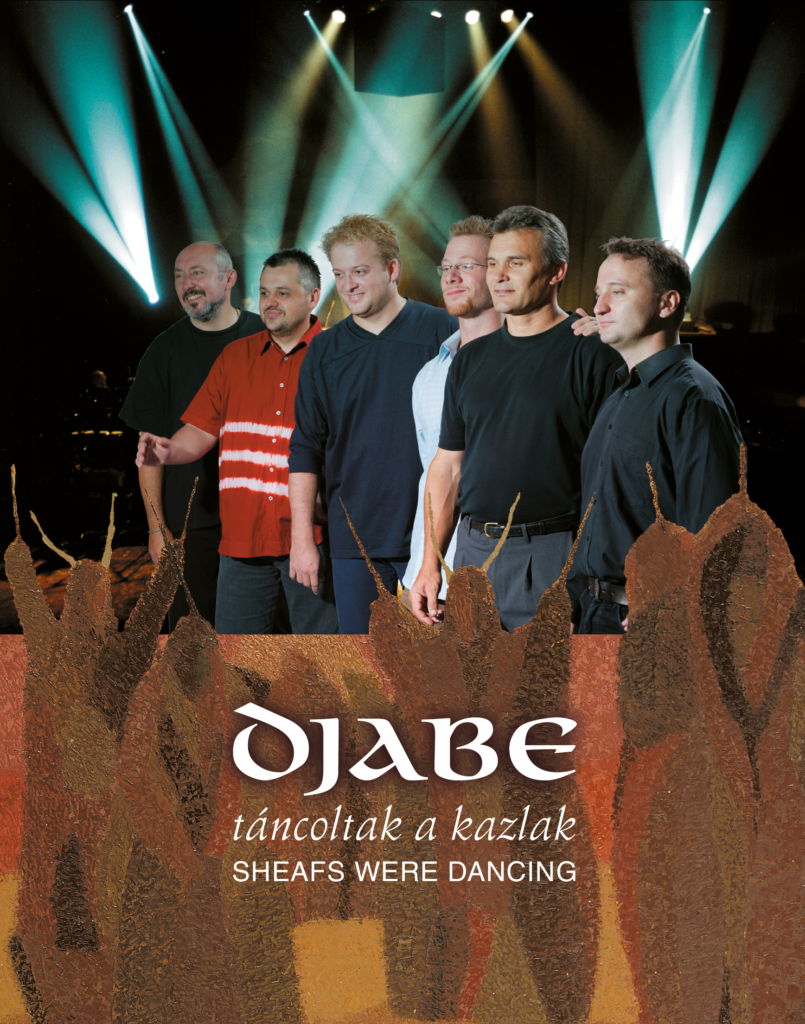The exhibition of the painter Imre Égerházi, who came to our city from Hajdú-Bihar county, opened on September 30 at the Helikon Museum of the Keszthely Castle Museum.
Imre Égerházi, 75, is one of the leading masters of Debrecen and his region. His life binds him with every thread, every root to that region. As László Czoma, the director of the Castle Museum put it: he is the uncrowned king of painting in the Great Plain.
… I like to paint my homeland, Hajdúság, Hortobágy, usually the Great Hungarian Plain. My other big love, which I like to paint regularly since 1956, is the landscapes of Transylvania. Mainly the world of the Hungarians of Gyergyó, Csíki and Csángó between Prút and Szeret.
What causes this attraction to Transylvania?
This attraction – I only found out later – is caused by the fact that my ancestors were painters in Transylvania. Namely, the interior decoration of the Alvinczi castle, the interior of the church in Gyulafehérvár and the wooden ceiling of the church in Gyulakuta (still standing and visible) were painted by my ancestor János Egerházi. When I saw it, I was almost sick because I paint the same way he does. I do flowers the same way, their shapes and colors are the same. I didn’t know anything about that before. This instinctive attraction to Transylvania in my genes made me go there and paint there. I worked with many different techniques…
The exhibition features works donated by Imre Égerházi for the Hajdú-Bihar County Local Government.
When did you first feel like “this painting worked out, I’m a painter”?
I felt this for the first time a long time ago. In Kassa, I showed Uncle Lajos Feld a watercolor. I felt like what I was doing was a successful job. But when Uncle Louis saw him, he said, “From here, you can count yourself a painter, son!”
There is calmness and agreement in your paintings. It’s as if I feel an aspiration for something permanent.
Yes. It can be observed that people who are restless and troubled in their souls usually have the same paintings. It is very interesting (this can be best seen in art colonies) that the studio where this type of colleague works is the same environment. I love pictorial order, discipline and when everything is in harmony. I really like to have peace of mind in my paintings. I don’t’t want the spectator to feel some annoyance while looking at the painting, but have a serene attitude. Let it reassure them and make the painting an aesthetic experience.
… I was six years old when we received the gift of the Swiss Red Cross in Hajdúhadház. Everyone received a very practical gift that could be eaten: sugar, chocolate… I received 6 small bars. I licked it, I tasted it, but there was nothing to do with it. Today I know it was crayon. No one exchanged with me, so I took this little box home (there were very nice white houses in Hajdúhadház) and drew with them on the walls of the houses. I drew dogs and cows, which could be seen in Hajdúhadház. By the time I got home, the complainants were already there with my mother, who was then, well, “stacked me”, especially in front of the complainants, to see that she was chastising her child. Then my mother took the bucket with the whitewash, I followed with a brush, but the whitwash could’t cover up all those colors I drew. It was my first experience of success, and it was with me that I immediately suffered for success.
There was a moment in your life that most people only experience once.
I was in a state of clinical death in three times and was brought back by doctors and my painter friends. I had visions in that state. They’re like when filmmakers pick up a short snippet of something. Nine such cuts remained in my memory. But it was depressing that the world I live in, where I come and go, and the world I saw there floated on top of each other. The experiences were great, even wonderful. Even today, one wants to live such a feeling, such love, such appreciation. Then when I painted these experiences out of myself, I calmed down a bit and felt better. When I painted these paintings, I was trying to give them back exactly as I saw them, because maybe somewhere, someone would decipher things about life beyond death based on them.
Here in Debrecen you are one of the key organizers of artistic life. I think there is such an organizer in every city, but what motivates you?
I think you born for something like this. If I can’t work for the community, if I can’t do good for someone, for something, I suffer not just in the fine arts, but in many other areas as well. But more intensely in the field of fine arts, since this is my world, I love that very much. I had very successful organizations in the case of the Hajdúság International Artists’ Colony, where I am a founding member. Later, I organized the Hortobágy International Creative Camp, which is now world famous. They come here from all over the world. If I can’t do that, I’m not in balance, I feel bad. I paint in vain, if this other side isn’t there, I’m not a whole person.


